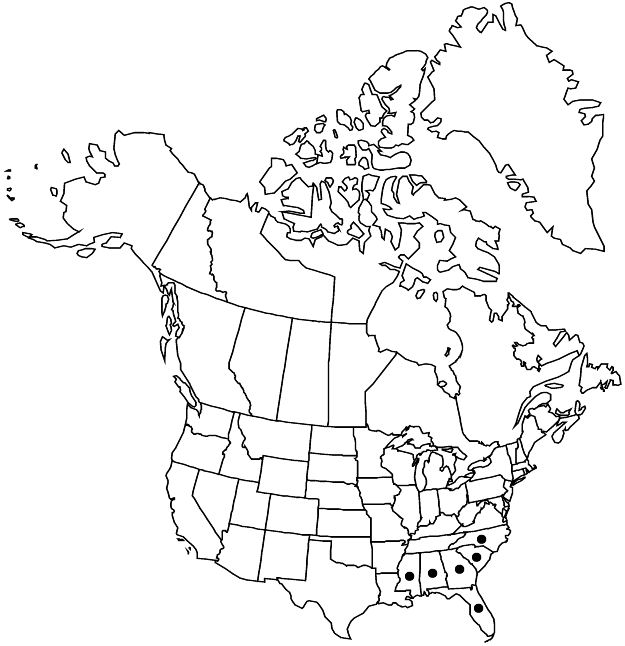Cornus asperifolia
Fl. Bor. Amer. 1: 93. 1803.
Shrubs, to 4 m, flowering at 1.5 m; rhizomes present. Stems solitary, 1–5 dm apart; bark gray, splitting into small plates; branchlets green to bronze, often tinged with maroon, densely pubescent; lenticels inconspicuous on new growth, periderm around them swelling to form broad raised areas on 2d year branches; pith white. Leaves: petiole 2–7 mm; blade elliptic to ovate, 3–8.5 × 2–4 cm, base usually rounded, sometimes cuneate, apex acute, abaxial surface pale green, hairs erect, curling, white, adaxial surface dark green, hairs spreading to erect, occasionally 1 arm appressed; secondary veins 3–4 per side, evenly spaced. Inflorescences pyramidal, 2–5 cm diam., peduncle 15–45 mm; branches and pedicels yellow-green, turning maroon in fruit. Flowers: hypanthium densely appressed-hairy; sepals 0.2–0.8 mm; petals white, 1.7–2.4 mm. Drupes blue to whitish blue, globose, 4–7 mm diam.; stone globose, 3–5 mm diam., smooth or slightly grooved, apex rounded.
Phenology: Flowering Apr–Jun; fruiting Aug–Sep.
Habitat: Marl or limestone outcrops, hammocks, swamp margins.
Elevation: 0–100 m.
Distribution

Ala., Fla., Ga., Miss., N.C., S.C.
Discussion
G. V. Nash (1896b) collected Cornus asperifolia at River Junction, Florida; based on the conflicting reports of fruit colors given by A. W. Chapman (1860) and J. M. Coulter and W. H. Evans (1890) for the two rough-leaved dogwoods (C. asperifolia and C. drummondii), Nash decided to name the rough-leaved dogwood of Florida with blue fruit as C. microcarpa. However, the description by Michaux, even without a reference to fruit color, cannot apply to C. drummondii, because the locality is given as “Carolinae inferioris,” and C. drummondii does not occur in South Carolina.
Selected References
None.